
Pig in a Poke
Economically motivated fraud and adulteration of food and beverage products go back millennia, with Roman philosopher and writer Pliny the Elder complaining about premium wines blended with inferior grapes in the first century A.D. Holding this shameless behaviour was the idea of saving costs, cutting corners, or deluding those who bought hardly crafted adulterated food, mixed with some of its low-quality relatives.
Despite the ancient practices, it was only in 2013 that the contemporary world really woke up for this issue. A horse meat scandal hit hard on the news. In Ireland, specialised food inspectors found out that beef meat sold at common supermarkets contained considerable traces of horse meat. From there, over 15,000 tests were carried out across the European Union, unveiling worrying results: over 300 turned out to contain horse meat DNA.
What does food fraud mean anyway? In short, it happens every time food is not what it is purported to be. Generally speaking, food fraud is understood to be the deliberate marketing of foods with the intention of making an economic or financial gain by deceiving consumers. This is achieved on the one hand by means of unauthorised adulterants which alter the composition of the food and, on the other, by consciously false declarations, such as the deliberate use of erroneous data or omission of correct information on the label.
Because retailers and food producers have a duty to promote quality and to protect consumers, Jerónimo Martins’ companies carry out several non-mandatory DNA tests
Meat tops the list of food fraud cases because it is expensive to produce and buy, it is widely consumed and adulteration with cheaper substitutes is hard to detect for the average consumer. There are, however, other perfect candidates (as shown below). And this is not just limited to human foods. Studies show that up to 40% of pet food is either mislabelled or contains ingredients not listed on the package. What this really means is that food fraud is a problem across every grocery aisle, from the seafood counter to the butcher’s display – and in every aspect of the food supply chain.
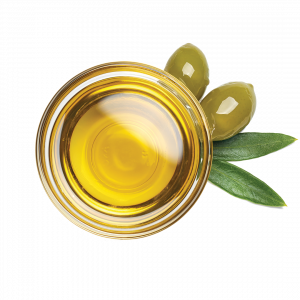
EXTRA VIRGIN OLIVE OIL
Often blended and diluted with cheaper lower-quality seed oils such as soybean or sunflower oil, or non-extra virgin olive oil, this is a big business for organised crime.
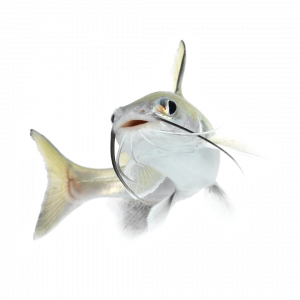
FISH AND SEAFOOD
Fish and seafood swaps is a global practice. The typical example is catfish, which is mislabelled and sold as eighteen different – and more expensive – types of fish.
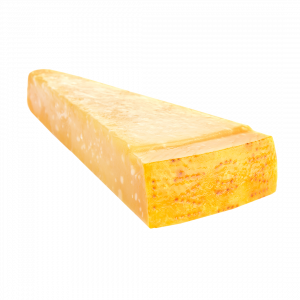
PARMESAN
Another common category is straightforward counterfeiting, which happens when a food product with a specific origin and/or processing method is substituted with similar, cheaper, lower-quality ingredients.
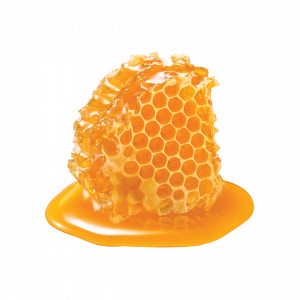
HONEY
It started in the 70s, when high-fructose corn syrup first appeared on the market and proved to be a cheaper fraudulent substitute. Still in 2016, 14.2% of honey was likely to be adulterated, according to an EU report.
SHEDDING A NEW LIGHT ON FOOD FRAUD
Gas chromatography, mass spectrometry and whole genome sequencing are big deep technical words that represent some of the most sophisticated technologies and tools available these days for detecting food incongruities. They can, however, become too expensive and time consuming. To curb this situation, retailers and food labs are investing in simple, inexpensive and easily administered tests to confirm that raw materials and ingredients are what they are purported to be.
By collecting small samples of food and analysing the DNA it contains, and comparing the results to several samples of known authentic species identified in a library of genetic data, companies can quickly determine if a real meat or seafood product, for example, has been wholly substituted or adulterated with another kind of animal protein. At the same time, this kind of tests allow us to detect specific food allergens and the presence of genetically modified organisms on products. To detect food fraud and substitution, other fingerprinting analytical techniques are used for a deeper understanding on what’s in that cheesy piece of goat cheese.
Fortunately, the majority of food fraud cases don’t turn into significant food safety incidents for consumers’ health. Whenever there’s a breach in the food supply chain controls, anything may come through. Even when food fraudsters have no intention of harming people’s health, the circumstances in which those crimes are committed don’t always allow for them to make the right moves and fix this issue on time. Retailers and food producers – as part of the supply chain – have a duty to promote quality and to protect consumers from adulterated food that, in the best case scenario, can simply not be what they have paid for.
RETAILERS: AN EAGLE EYE APPROACH
As food markets become increasingly global, the main challenge for retailers is to ensure a strict control of ingredients and formulas throughout the supply chain. That is why the Jerónimo Martins’ companies operating in Portugal, Poland and Colombia carry out several non-mandatory DNA tests to all products that refer to species, all products of animal or vegetable origin resulting from mixtures, as well as to all products with potentially GMO ingredients.
Carlos Santos, Quality and Private Brand Development Director of the Jerónimo Martins Group, explains that the “authenticity of ingredients must be preserved, to better control the origin of products and prevent food frauds”. Document traceability can help, but, as a matter of fact, “does not detect situations of abnormality such as cross-contamination or fraud.” Being able to scan the entire DNA content of a food item means it will be difficult to substitute or hide an ingredient without it being detected.
As each species has unique DNA sequences, “our companies identify these unique sequences and compare them to a database with millions of data allowing the identification of all species present in the product, thus characterizing the authenticity of food products”, Carlos states.
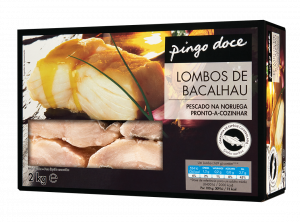
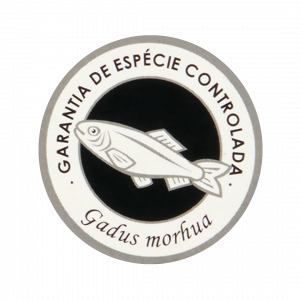
Apart from the DNA testing, the Jerónimo Martins Group also invests in the food safety area for the sustainable development of its Private Brand Product range. Pingo Doce’s product formulas exclude over 60 additives and substances – allowed by law – that give colour, flavour and texture to the products, making them visually more appetizing. “The Group is constantly following the newest scientific studies that analyse the impact of certain additives, such as artificial colouring, preservatives, sweeteners, hydrogenated fats, flavour enhancers, gelling agents and emulsifiers on health. That way, we can better analyse our formulas and act fast.”
